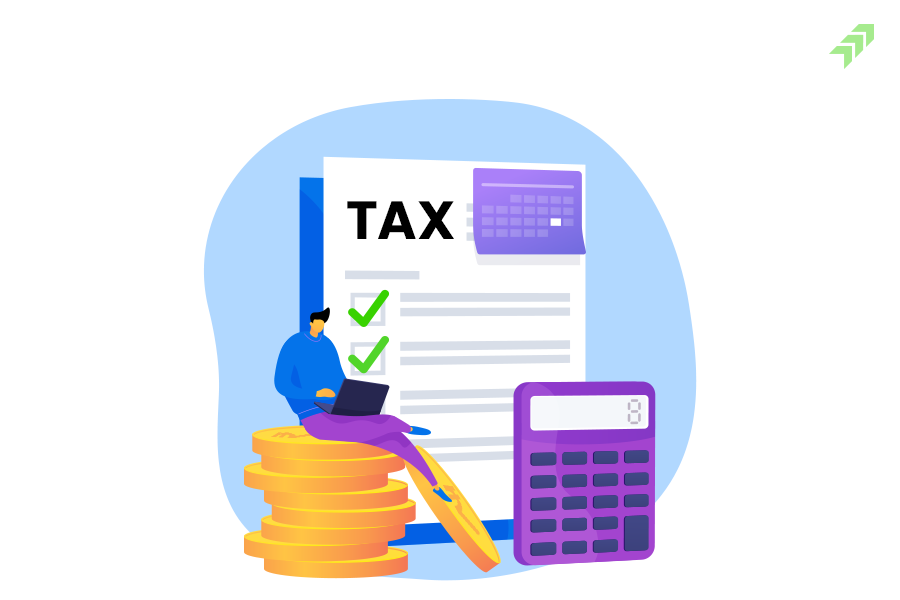The Federal Reserve left the main U.S. interest rate unchanged in its September policy meeting, waiting to see if its historic series of rate hikes over the last 18 months gets inflation under control. The Fed's decision and outlook suggested that a resilient economy was keeping central bankers both optimistic about growth and firmly in inflation-fighting mode. The policymaker paused rate hikes in the meeting rather than pushing them higher, which gives them more time to watch how the economy is doing and determine whether further adjustments are warranted. According to the projections, they have preserved one more round of ammunition for the last two meetings of the year and will keep rates higher for longer.
A resilient economy can be understood by the question asked from the governor about the committee’s view of the inflation dynamic, whether the committee believes inflation to be more persistent in the economy and to achieve the inflation forecast, and whether another half-point hike before year-end is necessary. The Chair commented, ‘So I guess I would point more to—rather than pointing to a sense of inflation having become more persistent, I wouldn’t think—that’s not—we’ve seen inflation be more persistent over the course of the past year. But I wouldn’t say that’s something that’s appeared in the recent data. It’s more about stronger economic activity. But I think broadly, stronger economic activity means rates—we have to do more with rates. So it may—it may, of course, be that the neutral rate has risen. And it’s certainly plausible that the neutral rate is higher than the longer-run rate.’
On being asked about whether the FOMC sees the policy rate as having reached a sufficiently restrictive level, James Powel said, "A year ago, we proceeded pretty quickly to get rates up now. Now, we’re fairly close, we think, to where we need to get. It’s just a question of reaching the right stance.” He further keeps on saying, ‘We need to get to a place where we’re confident that we have a stance that will bring inflation down to 2 percent over time. As we’ve gotten closer to it, we’ve slowed the pace at which we’ve moved. I think that was appropriate. And now that we’re getting closer, we—again, we have the ability to proceed carefully.’
There are many market scenarios described by economists, including hard landings, soft landings, and even no landings. On being asked by the chair about whether FOMC is taking soft landing as base case expectation, Powell replied, “No. No, I would not do that. I’ve always thought that the soft landing was a plausible outcome; that there was a path, really, to a soft landing. The path has narrowed, and it’s widened, apparently. This may be decided by factors that are—that are outside our control, at the end of the day. But I do think it’s—I do think it’s possible.” The policymaker looks like they are trying to improve their chances by creeping ahead cautiously with interest rate moves.
In Summary of Economic Projections, Committee participants revised up their assessments of real GDP growth, with the median for this year now at 2.1 percent. Participants expect growth to cool, with the median projection falling to 1.5 percent next year. According to Powel, ‘The labor market remains tight, but supply and demand conditions continue to come into better balance. Over the past three months, payroll job gains averaged 150 thousand jobs per month, a strong pace that is nevertheless well below that seen earlier in the year. Nominal wage growth has shown some signs of easing, and job vacancies have declined so far this year.
In all, the Fed's release and Mr. Powell's news conference made clear that the Fed is keeping its options open at a moment when the economic outlook is uncertain. While inflation is finally cooling moving ahead, risks remain, such as rising gas prices. Officials do not want to declare victory prematurely, only to see inflation take off again.
The next two days Federal Open Market Committee (FOMC) meeting are scheduled for October 31 and the announcement on November 1. So the consumer price data for the month of September, which is expected to be released on Oct. 12, is going to be extra important in determining what the central bank does next.


















No comment yet, add your voice below!